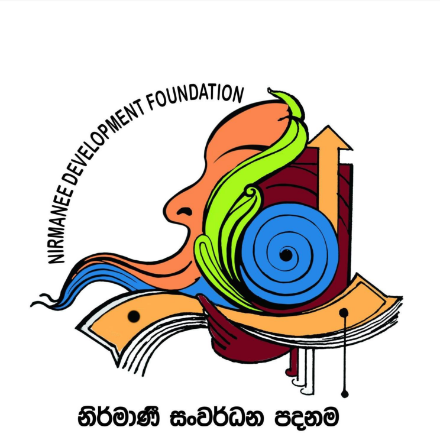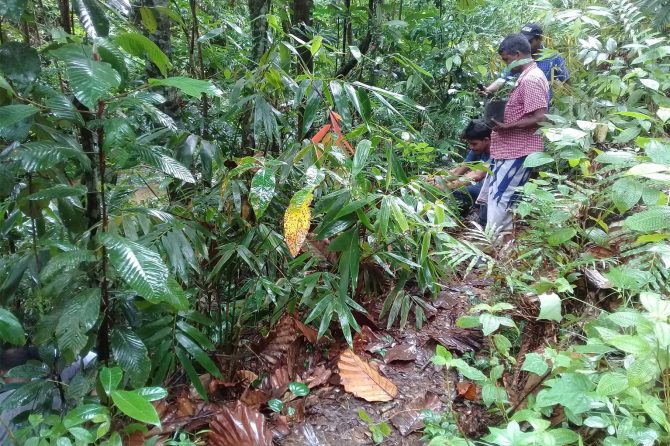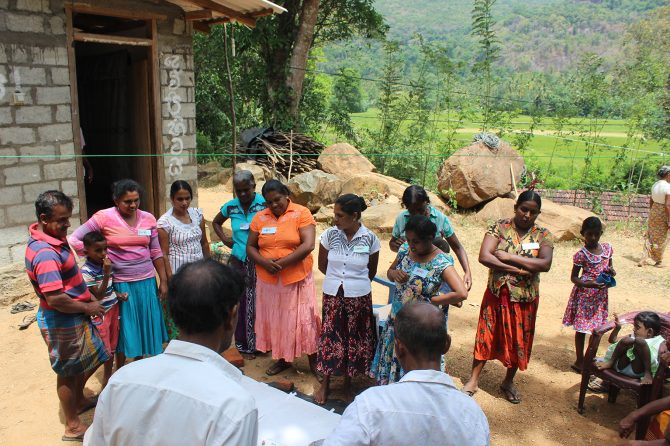2020 SRI LANKA
Recognizing Kandyan Forest Home Gardens (KFHGs) of Sri Lanka as Socio-ecological Production Landscapes
Nirmanee Development Foundation (NDF)
Community / field-based implementation
Landscape
Overview
Kandyan Forest Home Gardens (KFHGs) have a unique cultural identity, developed over centuries since the last kingdom of Kandy, long before the colonization of Sri Lanka. They are characterized by a thick canopy, multi-storied forest ecosystem dominated by perennial crops like jackfruit, mangos, avocado, and under-utilized fruits etc.; and spice crops like nutmeg, pepper, cloves, cardamom, etc. Communities inhabiting KFHGs are the descendants of the Yakkha, Naga, Deva and Raksha tribes. KFHGs are highly productive landscapes, and provide substantial economic benefits. They are also important for biodiversity conservation and watershed protection.
Despite their socio-ecological production potential, KFHGs have been degraded by development, including urbanization; a lack of proper management; and an increasing number of people who leave to work elsewhere. As a result, indigenous knowledge associated with the sustainable management of KFHGs is disappearing fast.
This project intends to apply an integrated approach, involving multi-stakeholder partnership. The following activities are planned: mapping KFHGs in the Kandy district; community mobilization on sustainable livelihoods and outreach; reviving of indigenous knowledge; stakeholder consultation; analysing gaps in the present institutional set-up; networking with other partners of the International Partnership for the Satoyama Initiative (IPSI); and disseminating lessons learned. It is expected to create an institutional platform to recognize KFHGs as a socio-ecological production landscape (SEPL) and showcasing them as a potential Globally Identified Agricultural Heritage System (GIAHS).
Project location
Organisation

Nirmanee Development Foundation (NDF)
- Sector
- Non-governmental organisation
- Country
- Sri Lanka
Relevant projects
Projects of the same year
Aichi Biodiversity Targets
Aichi Biodiversity Targets
-
Habitat loss halved or reduced
-
Sustainable agriculture, aquaculture and forestry
-
Genetic diversity maintained
-
Traditional knowledge respected and integrated
Sustainable Development Goals
Sustainable Development Goals
-
Responsible consumption, production
-
Life on land

